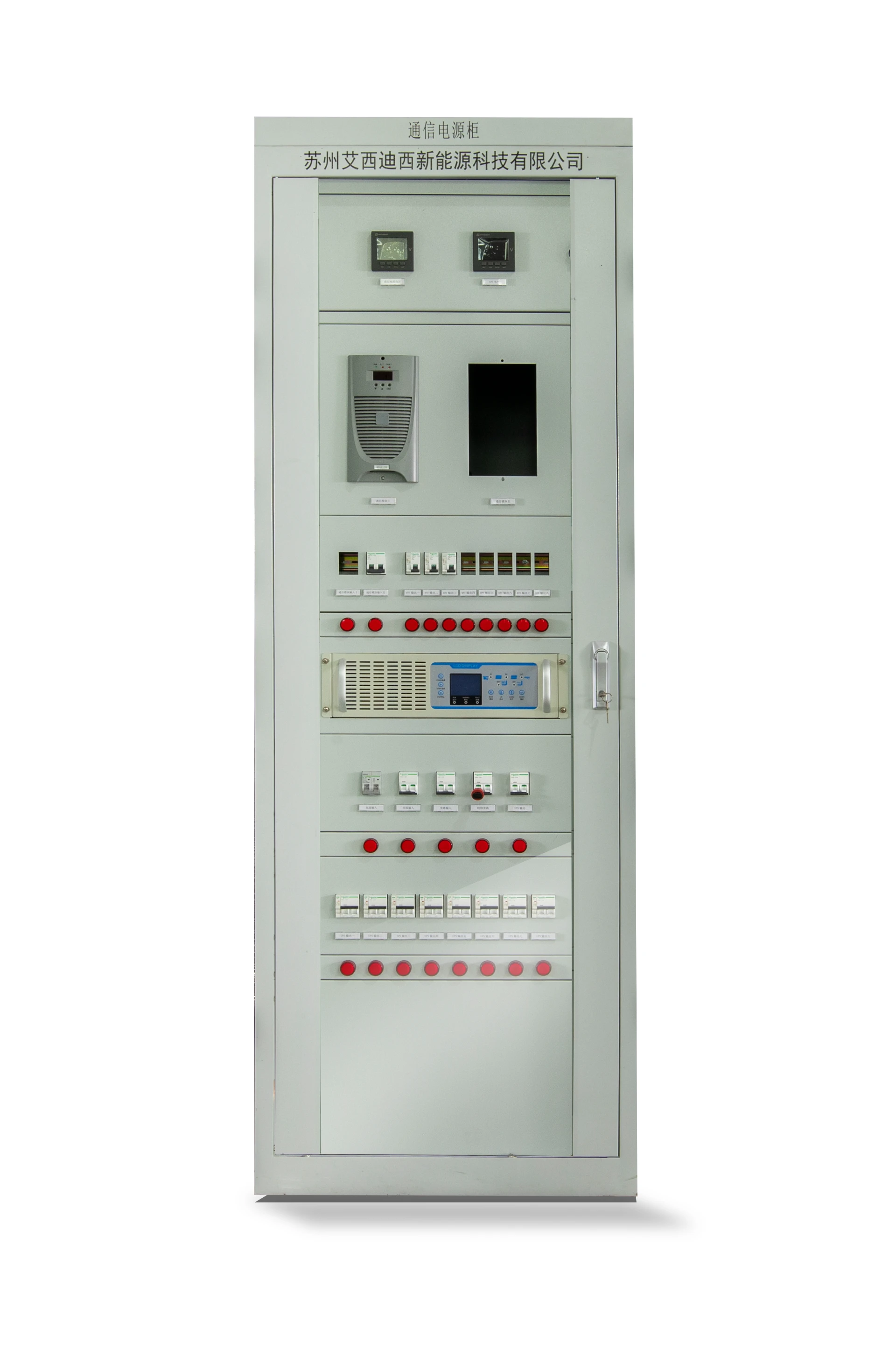
Julai . 25, 2025 02:01 Back to list
Advanced Energy Management System EMS for OEM | Optimize Efficiency

Featured Product: 48V Communication Power Supply
Model Description: ACDC LA-Lead Acid Batteries / LF-Lithium Iron Phosphate Battery / TPS Communication Power Panel
Nominal Output Voltage / Nominal Current: 48V / 100A
Explore reliable, efficient, and robust power conversion for critical communication environments. Check product details for integration with modern energy management system frameworks.
1. Energy Management System: Industry Trends and Market Overview
Energy management system (EMS) technologies are redefining how industries, utilities, and commercial facilities optimize electricity consumption, stabilize grid operations, and integrate renewable energy sources. The emergence of industrial Internet-of-Things (IIoT), sophisticated data analytics, and cloud-based OEM energy management system solutions are propelling the market to new dimensions (Energy Central Forum).
- Market Growth: According to MarketandMarkets, the global EMS market is projected to exceed $75 billion by 2027, driven by demand for real-time monitoring, decarbonization, and cost optimization.
- Technological Innovations: OEM energy management system providers are incorporating machine learning to enable predictive load management, fault diagnostics, and advanced microgrid orchestration.
- Key Sectors: Industries such as data centers, telecom, smart manufacturing, and renewable energy integration are the primary adopters of EMS solutions.
2. Energy Management System Technical Parameters Comparison Table
| Feature | Industrial EMS | Building EMS | OEM EMS | Microgrid EMS |
|---|---|---|---|---|
| Control Mode | Centralized & Distributed | Centralized | Modular/Custom | Multi-Agent/Hierarchical |
| Communication Protocols | Modbus, OPC UA, DNP3 | BACnet, KNX | OEM-specific APIs | IEC 61850, IEEE 2030.5 |
| Data Acquisition Interval | 100ms – 1 min | 1 min – 10 min | Scalable | Sub-second |
| Supported Loads | Process machines, HVAC | Lighting, Elevators | Varied | BESS, Generators, Loads |
| Renewable Integration | PV, Wind | PV | Custom | PV, Wind, Hydrogen, BESS |
| Optimization Algorithms | Linear/Nonlinear | Heuristic, Rule-based | AI/ML | Model Predictive Control (MPC) |
3. Data Visualization: Energy Management System Tech Trends
4. Application Scenarios of Energy Management System
- Industrial Manufacturing: EMS streamlines plant-wide power distribution, reduces peak demand charges, and optimizes renewable usage, ensuring machinery operates within prescribed parameters—crucial for OEM energy management system deployments for large-scale operations.
- Telecommunication: Integration of EMS with products like the energy management system (48V Communication Power Supply) ensures stable backup, seamless switching, and real-time analytics—vital for minimizing downtime and enhancing QoS.
- Commercial Buildings: Building EMS provides HVAC optimization, automated lighting control, and demand response for sustainability and reduced operating expenses.
- Renewable Microgrids: EMS platforms enable seamless orchestration of solar/BESS/wind resources, demand-side management, and ancillary services to the main grid.
- Data Centers: Modern EMS manages power redundancy, critical cooling, and outage prevention, supporting ever-growing IT infrastructure needs.
5. 48V Communication Power Supply: Technical Data Visualization
6. FAQs: Professional FAQ on Energy Management System & Product Terms
- Q1. What are the core materials used in advanced energy management system design?
- A1: Modern EMS hardware typically utilizes industrial-grade microcontrollers, solid-state relays, and robust communication chipsets (e.g., ARM Cortex, RS485), as well as flame-retardant PCBs for high-reliability operation.
- Q2. Which international installation standards do EMS solutions adhere to?
- A2: EMS is commonly designed to comply with IEC 61970/61968 (CIM), IEC 61850 (communication), IEEE 2030, and UL508A for electrical safety and interoperability.
- Q3. How does the Nominal Output Voltage of 48V Communication Power Supply correspond with EMS load balancing?
- A3: 48V is widely adopted in telecom & IT for efficient DC distribution, providing low-loss transmission and compatibility with various EMS architectures for stable backup and smooth load transitions.
- Q4. What data protocols are used to integrate OEM energy management system?
- A4: Popular standards include Modbus TCP/IP, BACnet/IP, OPC UA, and proprietary RESTful APIs in OEM deployments for seamless device-to-EMS communications.
- Q5. In EMS, what are 'optimization algorithms' and how do they impact performance?
- A5: These algorithms (linear programming, model predictive control, AI/ML methods) process real-time data to dynamically adjust loads, generator outputs, and storage, improving efficiency and grid stability.
- Q6. What distinguishes LiFePO4 batteries from Lead Acid in EMS backup?
- A6: LiFePO4 offers higher cycle life, better thermal stability, faster charge/discharge, and improved depth of discharge compared to traditional lead acid, making them ideal for advanced EMS and 48V power supply integration.
- Q7. What are typical EMS communication intervals, and why do they matter?
- A7: Intervals range from real-time (sub-second) in microgrids to minutes in legacy systems. Faster intervals allow for higher fidelity power balancing and predictive analytics.
Frequently Asked Technical Questions
7. Why Choose Suzhou ACDC New Energy for Energy Management System OEM?
- Customization: Extensive OEM energy management system experience for diverse application scenarios, from industry to telecom.
- Integration: Seamless compatibility with advanced communication power supplies and network management standards.
- Reliability: Proven performance with premium backup components (see energy management system support products).
- Support: Dedicated technical consultation and aftersales through beika@acdctech.com.cn and 008613285182182.
For tailored EMS integration and consulting, contact us at acdcbess.com.
- Energy Central Forum – Analytics & Energy Management
- MarketsandMarkets – Energy Management Systems Market
- IEEE Power & Energy Society – Modern Electric Power System Solutions
- Elsevier – Big Data Analytics for Energy Management
- International Electrotechnical Commission (IEC) – IEC 61970
Article content draws upon peer-reviewed papers and industry forums to ensure accuracy, authority, and professional reliability in the rapidly evolving field of energy management system technology.
-
Advanced Energy Management System for Smart Efficiency
NewsJul.26,2025
-
Advanced Energy Management System EMS for OEM | Optimize Efficiency
NewsJul.25,2025
-
High-Efficiency Energy Storage System for OEM Solutions
NewsJul.24,2025
-
Intelligent Energy Management for Efficient Power Use at Home
NewsJul.23,2025
-
Advanced Energy Management System EMS OEM Solutions
NewsJul.22,2025
-
Efficient Energy Management System: Optimize Savings & Monitoring
NewsJul.21,2025























